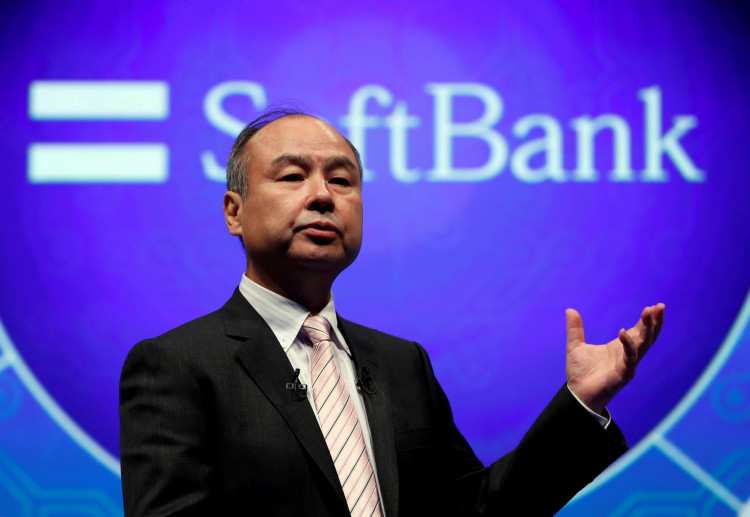Japanese tech titan SoftBank Group disclosed Tuesday that its profit rallied 12 percent in the quarter to June as the group's investments provided it additional income, including revenues from its shares in U.S. telecoms firm, T-Mobile.
As a result of the quarterly rally, the Japanese investment and telecoms company said its total profits climbed to $12 billion (1.26 trillion yen), advancing from 1.1 trillion yen in the previous year.
The strong performance is welcome news for CEO Masayoshi Son, who has faced growing disapproval for his business strategy after Softbank's recent record declines.
Softbank's rally is largely down to increasing market valuations of its Vision Fund-backed investment in Slack and Uber, whose stock prices grew in the April-June quarter as tech stocks advanced despite massive lockdowns brought about by the coronavirus pandemic.
The group's latest fiscal year began in April when tech shares soared and its own stock price ballooned following a $23 billion share buyback agreement.
Son disclosed the group already has secured almost all the $41 billion (4.5 trillion yen) it had pledged to achieve within a year through asset sales, but he recognizes there are concerns regarding a resurgence of the pandemic.
SoftBank announced earlier that it was forming a new affiliate unit to conduct COVID-19 clinical trials and would prioritize its workers and staff of the SoftBank Hawks baseball team.
Meanwhile, Softbank's Vision Fund's results have been further lifted by fresh IPOs in the U.S. Housing insurance company Lemonade, which SoftBank supported with a $300 million funding, is now worth more than $1 billion.
SoftBank said it is also looking into a sale of British semiconductor developer Arm Holdings, one of Softbank's most prominent assets, The Wall Street Journal said.
Brightstar Corp., a U.S. wireless service operator, also comprises Softbank's diverse portfolio of assets. Meanwhile, SoftBank registered a loss in the year ended March. The company did not offer an estimate for the current fiscal year ending in March next year.






